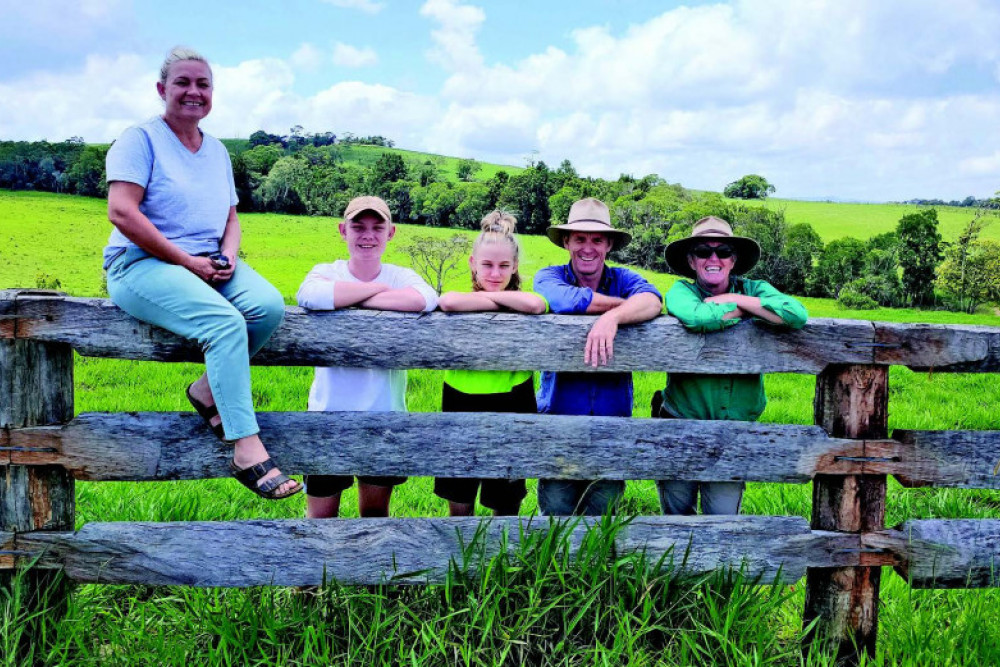On The Land
13 February, 2022
Malanda farm benefits from NRM assistance
WHEN Tash and John MacPherson bought their Malanda cattle property in mid 2020, they purchased a lot of challenges along with it.

The place was so badly eroded they decided to destock it for a year to help it recover.
“The land really needed a break. There were big wash-outs along the waterways where the cattle had been and springs that had been chopped into a boggy mess,” Ms MacPherson said.
But what a difference 18 months can make – the MacPhersons teamed up with natural resource management organisation, Terrain NRM, and committed to a property-wide overhaul.
The project included a wide range of activities including earthworks, fencing, tree-planting, alternative watering points for cattle and a fresh approach to grazing practices.
“The swag of changes we have implemented has done much to rejuvenate the land and waterways and has created a win/win situation for the cattle, the property and the Environment,” Ms MacPherson said.
The project identified three creeks which had been fenced-off , and a number of larger paddocks that had been subdivided into smaller areas better suited to rotational grazing.
A total of 5000 native trees have been planted to strengthen creek banks, and an off -stream watering system has been installed with a bore, water tanks and troughs.
“An active gully system that had eroded several hundred metres downstream in wet seasons over the last few years was repaired with the construction of a Zuni bowl,” Ms MacPherson said.
A more cost-effective alternative to the better known “rock chute”, Terrain NRM’s Vanessa Drysdale said the bowl was a carefully designed lining of rocks at a steep drop point in the eroding gully.
Ms Drysdale said the situation wasn’t going to slow down without intervention and Zuni bowls had proved their worth in a number of Tableland and Daintree farm applications over the last few years.
She said the combined work on the MacPherson property would save an estimated 180 tonnes of sediment from flowing to the Great Barrier Reef each year.
“It’s one of 11 properties where earthworks, tree-planting, fencing and off -stream watering infrastructure strategies have provided long-term solutions to erosion issues,” Ms Drysdale said.
“Terrain’s Upper Johnstone Integrated Project also included workshops on soil and grazing management practices, which have been taken up by about 150 landholders.”
Ms MacPherson said the project had delivered many benefits.
“It has been exciting to see the changes – from the improvement in our pasture to platypus returning to our creeks,” she said.
“We bought this property knowing we wanted to improve it, and we began with de-stocking and cleaning up the dam.
“We were making progress on our own, but with the help from NRM, we’ve been able to make big gains quickly. Our vision has been brought to fruition in fast-forward!
“We have been seeing a vastly improved standard in the quality of water leaving our property and increasing biodiversity along our creek lines while still maintaining the productivity of our cattle operation,” she said.
The Upper Johnstone Integrated Project is funded through the Queensland Government’s Natural Resources Investment Program.
The project focuses on reducing sediment losses to the Great Barrier Reef lagoon while helping graziers address erosion problems and improve pastures and their livelihoods.
For more information, visit www.terrain.org.au


